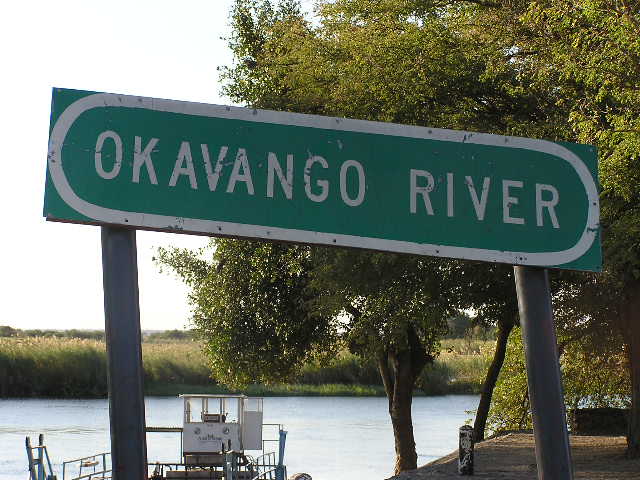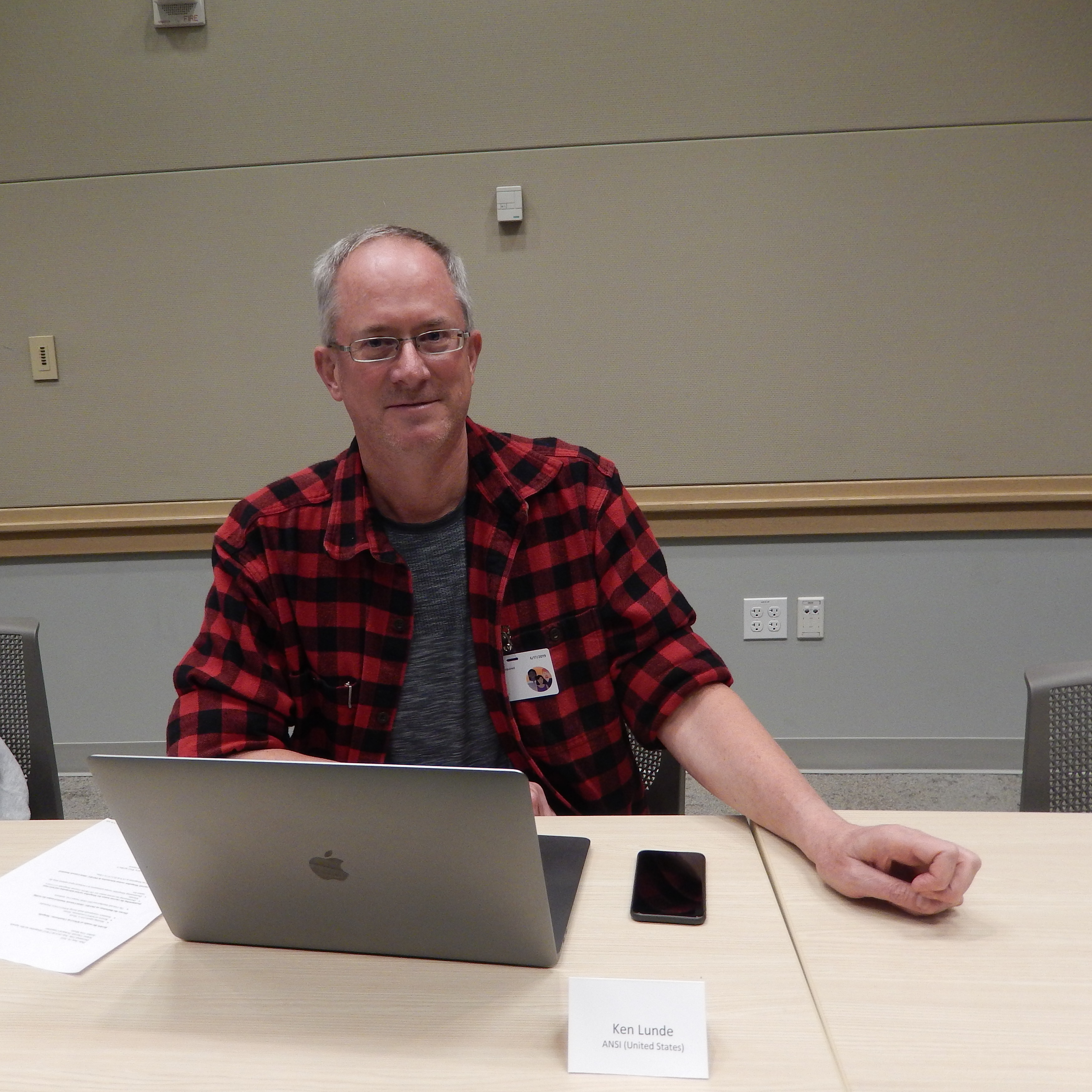|
Adobe Font Development Kit For OpenType
The Adobe Font Development Kit for OpenType, also known as Adobe FDKO or simply AFDKO, is a font development kit (FDK), a set of command-line tools freely distributed by Adobe for editing and verifying OpenType fonts. It does not offer a glyph editor, but focuses on tools for manipulating font metrics, kerning and other OpenType features. AFDKO runs on Microsoft Windows, Linux and macOS, and licensed under the Apache License. References ;General * Ken Lunde Ken Roger Lunde (, born 12 August 1965 in Madison, Wisconsin)Lunde, 2008. is an American specialist in information processing for East Asian languages. Academic Background Ken majored in linguistics at University of Wisconsin–Madison in 1985, w ..., ''CJKV Information Processing'', Edition 2, O'Reilly Media, 2008, , pp. 447–450 External links AFDKO– Official GitHub repository Typophile page on Adobe FDK Font Development Kit Graphics libraries Typography software Font editors {{digital-typograph ... [...More Info...] [...Related Items...] OR: [Wikipedia] [Google] [Baidu] |
Software Development Kit
A software development kit (SDK) is a collection of software development tools in one installable package. They facilitate the creation of applications by having a compiler, debugger and sometimes a software framework. They are normally specific to a hardware platform and operating system An operating system (OS) is system software that manages computer hardware, software resources, and provides common services for computer programs. Time-sharing operating systems schedule tasks for efficient use of the system and may also in ... combination. To create applications with advanced functionalities such as advertisements, push notifications, etc; most application software developers use specific software development kits. Some SDKs are required for developing a platform-specific app. For example, the development of an Android app on the Java (programming language), Java platform requires a Java Development Kit. For iOS applications (apps) the iOS SDK is required. For Universal ... [...More Info...] [...Related Items...] OR: [Wikipedia] [Google] [Baidu] |
Command Line Interface
A command-line interpreter or command-line processor uses a command-line interface (CLI) to receive commands from a user in the form of lines of text. This provides a means of setting parameters for the environment, invoking executables and providing information to them as to what actions they are to perform. In some cases the invocation is conditional based on conditions established by the user or previous executables. Such access was first provided by computer terminals starting in the mid-1960s. This provided an interactive environment not available with punched cards or other input methods. Today, many users rely upon graphical user interfaces and menu-driven interactions. However, some programming and maintenance tasks may not have a graphical user interface and use a command line. Alternatives to the command-line interface include text-based user interface menus (for example, IBM AIX SMIT), keyboard shortcuts, and various desktop metaphors centered on the pointer (usual ... [...More Info...] [...Related Items...] OR: [Wikipedia] [Google] [Baidu] |
Adobe Systems
Adobe Inc. ( ), originally called Adobe Systems Incorporated, is an American multinational computer software company incorporated in Delaware and headquartered in San Jose, California. It has historically specialized in software for the creation and publication of a wide range of content, including graphics, photography, illustration, animation, multimedia/video, motion pictures, and print. Its flagship products include Adobe Photoshop image editing software; Adobe Illustrator vector-based illustration software; Adobe Acrobat Reader and the Portable Document Format (PDF); and a host of tools primarily for audio-visual content creation, editing and publishing. Adobe offered a bundled solution of its products named Adobe Creative Suite, which evolved into a subscription software as a service (SaaS) offering named Adobe Creative Cloud. The company also expanded into digital marketing software and in 2021 was considered one of the top global leaders in Customer Experience Manageme ... [...More Info...] [...Related Items...] OR: [Wikipedia] [Google] [Baidu] |
OpenType
OpenType is a format for scalable computer fonts. It was built on its predecessor TrueType, retaining TrueType's basic structure and adding many intricate data structures for prescribing typographic behavior. OpenType is a registered trademark of Microsoft Corporation. The specification germinated at Microsoft, with Adobe Systems also contributing by the time of the public announcement in 1996. Because of wide availability and typographic flexibility, including provisions for handling the diverse behaviors of all the world's writing systems, OpenType fonts are used commonly on major computer platforms. History OpenType's origins date to Microsoft's attempt to license Apple's advanced typography technology GX Typography in the early 1990s. Those negotiations failed, motivating Microsoft to forge ahead with its own technology, dubbed "TrueType Open" in 1994. Adobe joined Microsoft in those efforts in 1996, adding support for the glyph outline technology used in its Type 1 fonts ... [...More Info...] [...Related Items...] OR: [Wikipedia] [Google] [Baidu] |
Font
In metal typesetting, a font is a particular size, weight and style of a typeface. Each font is a matched set of type, with a piece (a "sort") for each glyph. A typeface consists of a range of such fonts that shared an overall design. In modern usage, with the advent of computer fonts, the term "font" has come to be used as a synonym for "typeface", although a typical typeface (or "font family") consists of a number of fonts. For instance, the typeface "Bauer Bodoni" (sample shown here) includes fonts "Roman" (or "Regular"), " Bold" and ''" Italic"''; each of these exists in a variety of sizes. The term "font" is correctly applied to any one of these alone but may be seen used loosely to refer to the whole typeface. When used in computers, each style is in a separate digital "font file". In both traditional typesetting and modern usage, the word "font" refers to the delivery mechanism of the typeface. In traditional typesetting, the font would be made from metal or wood type: ... [...More Info...] [...Related Items...] OR: [Wikipedia] [Google] [Baidu] |
Glyph
A glyph () is any kind of purposeful mark. In typography, a glyph is "the specific shape, design, or representation of a character". It is a particular graphical representation, in a particular typeface, of an element of written language. A grapheme, or part of a grapheme (such as a diacritic), or sometimes several graphemes in combination (a composed glyph) can be represented by a glyph. Glyphs, graphemes and characters In most languages written in any variety of the Latin alphabet except English, the use of diacritics to signify a sound mutation is common. For example, the grapheme requires two glyphs: the basic and the grave accent . In general, a diacritic is regarded as a glyph, even if it is contiguous with the rest of the character like a cedilla in French, Catalan or Portuguese, the ogonek in several languages, or the stroke on a Polish " Ł". Although these marks originally had no independent meaning, they have since acquired meaning in the field of mathematic ... [...More Info...] [...Related Items...] OR: [Wikipedia] [Google] [Baidu] |
Kerning
In typography, kerning is the process of adjusting the spacing between Character (symbol), characters in a Typeface#Proportion, proportional font, usually to achieve a visually pleasing result. Kerning adjusts the space between individual letterforms, while Letter-spacing, tracking (letter-spacing) adjusts spacing uniformly over a range of characters. In a well-kerned font, the two-dimensional blank spaces between each pair of characters all have a visually similar area. The term "keming" is sometimes used informally to refer to poor kerning (the letters r and n placed too close together being easily mistaken for the letter m). The related term ''kern'' denotes a part of a type letter that overhangs the edge of the Movable type, type block. Metal typesetting The source of the word ''kern'' is from the French word , meaning "projecting angle, quill of a pen". The French term originated from the Latin , , meaning "hinge". In the days when all type was cast metal, the parts ... [...More Info...] [...Related Items...] OR: [Wikipedia] [Google] [Baidu] |
Linux
Linux ( or ) is a family of open-source Unix-like operating systems based on the Linux kernel, an operating system kernel first released on September 17, 1991, by Linus Torvalds. Linux is typically packaged as a Linux distribution, which includes the kernel and supporting system software and libraries, many of which are provided by the GNU Project. Many Linux distributions use the word "Linux" in their name, but the Free Software Foundation uses the name "GNU/Linux" to emphasize the importance of GNU software, causing some controversy. Popular Linux distributions include Debian, Fedora Linux, and Ubuntu, the latter of which itself consists of many different distributions and modifications, including Lubuntu and Xubuntu. Commercial distributions include Red Hat Enterprise Linux and SUSE Linux Enterprise. Desktop Linux distributions include a windowing system such as X11 or Wayland, and a desktop environment such as GNOME or KDE Plasma. Distributions intended for ser ... [...More Info...] [...Related Items...] OR: [Wikipedia] [Google] [Baidu] |
Ken Lunde
Ken Roger Lunde (, born 12 August 1965 in Madison, Wisconsin)Lunde, 2008. is an American specialist in information processing for East Asian languages. Academic Background Ken majored in linguistics at University of Wisconsin–Madison in 1985, where he obtained his Bachelor of Arts degree in 1987, Master of Arts degree in 1988, and graduated with a doctoral thesis on the simplification of Japanese characters in 1994, titled "Prescriptive Kanji Simplification", which was written under the supervision of Professor Andrew Sihler. Career Prior to graduation, he joined Adobe Systems on July 1, 1991, where he worked on font development and programming for information processing in CJKV languages; as of 2008, he worked there as a Senior Computer Scientist. He wrote two books on these topics, listed below under Bibliography. A second edition of ''CJKV Information Processing'' was published at the end of 2008. His 28-year-long career with Adobe ended on October 18, 2019. He is a co ... [...More Info...] [...Related Items...] OR: [Wikipedia] [Google] [Baidu] |
Adobe Software
Adobe Inc. ( ), originally called Adobe Systems Incorporated, is an American multinational computer software company incorporated in Delaware and headquartered in San Jose, California. It has historically specialized in software for the creation and publication of a wide range of content, including graphics, photography, illustration, animation, multimedia/video, motion pictures, and print. Its flagship products include Adobe Photoshop image editing software; Adobe Illustrator vector-based illustration software; Adobe Acrobat Reader and the Portable Document Format (PDF); and a host of tools primarily for audio-visual content creation, editing and publishing. Adobe offered a bundled solution of its products named Adobe Creative Suite, which evolved into a subscription software as a service (SaaS) offering named Adobe Creative Cloud. The company also expanded into digital marketing software and in 2021 was considered one of the top global leaders in Customer Experience Manageme ... [...More Info...] [...Related Items...] OR: [Wikipedia] [Google] [Baidu] |
Graphics Libraries
A graphics library is a program library designed to aid in rendering computer graphics to a monitor. This typically involves providing optimized versions of functions that handle common rendering tasks. This can be done purely in software and running on the CPU, common in embedded systems, or being hardware accelerated by a GPU, more common in PCs. By employing these functions, a program can assemble an image to be output to a monitor. This relieves the programmer of the task of creating and optimizing these functions, and allows them to focus on building the graphics program. Graphics libraries are mainly used in video games and simulations. The use of graphics libraries in connection with video production systems, such as Pixar RenderMan, is not covered here. Some APIs use Graphics Library (GL) in their name, notably OpenGL and WebGL. Examples * Allegro *ANGLE * Apple Macintosh QuickDraw * Cairo (graphics) * Clutter * DFPSR https://dawoodoz.com/dfpsr.html (GUI toolkit and ... [...More Info...] [...Related Items...] OR: [Wikipedia] [Google] [Baidu] |



.jpg)
